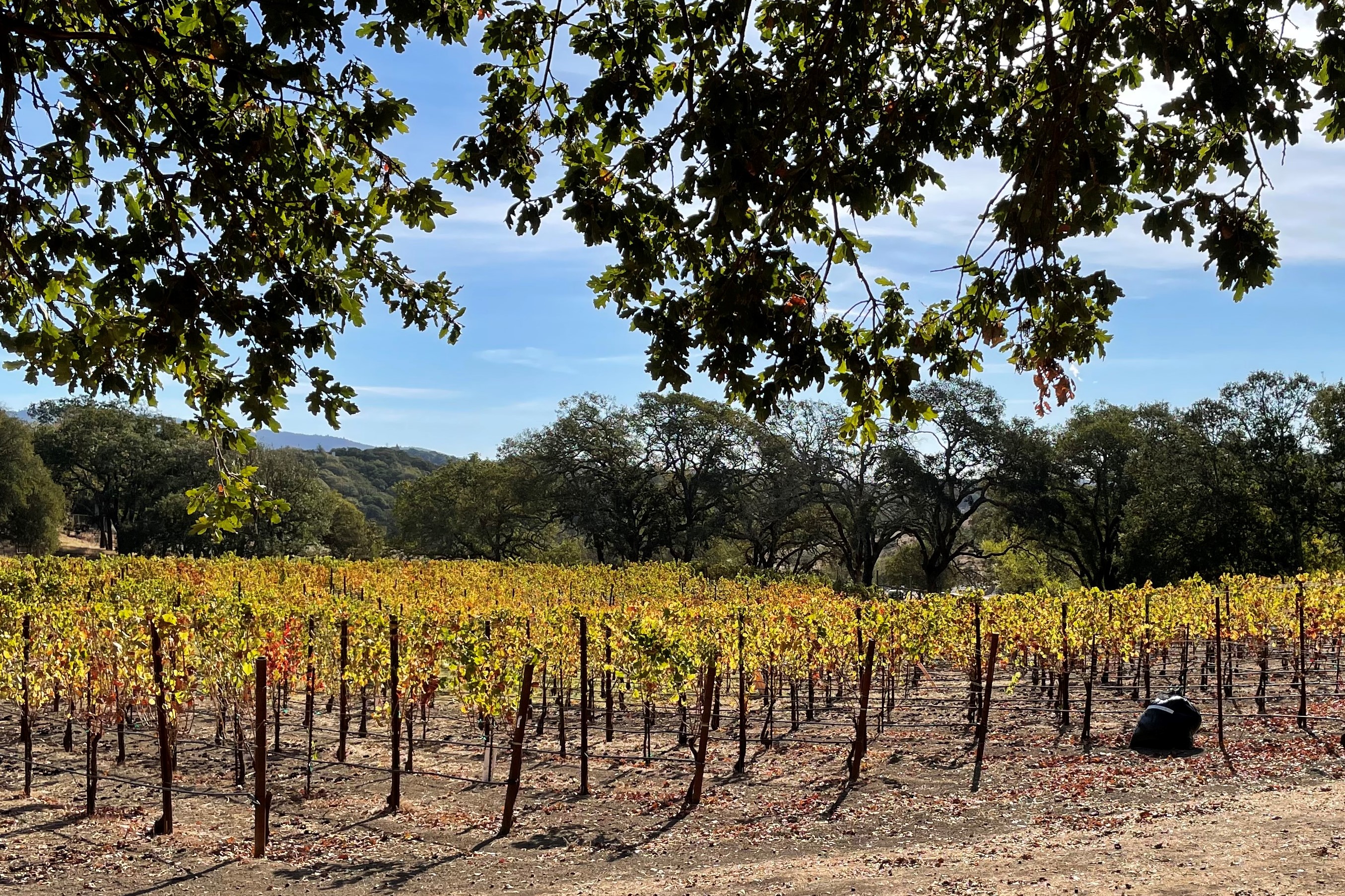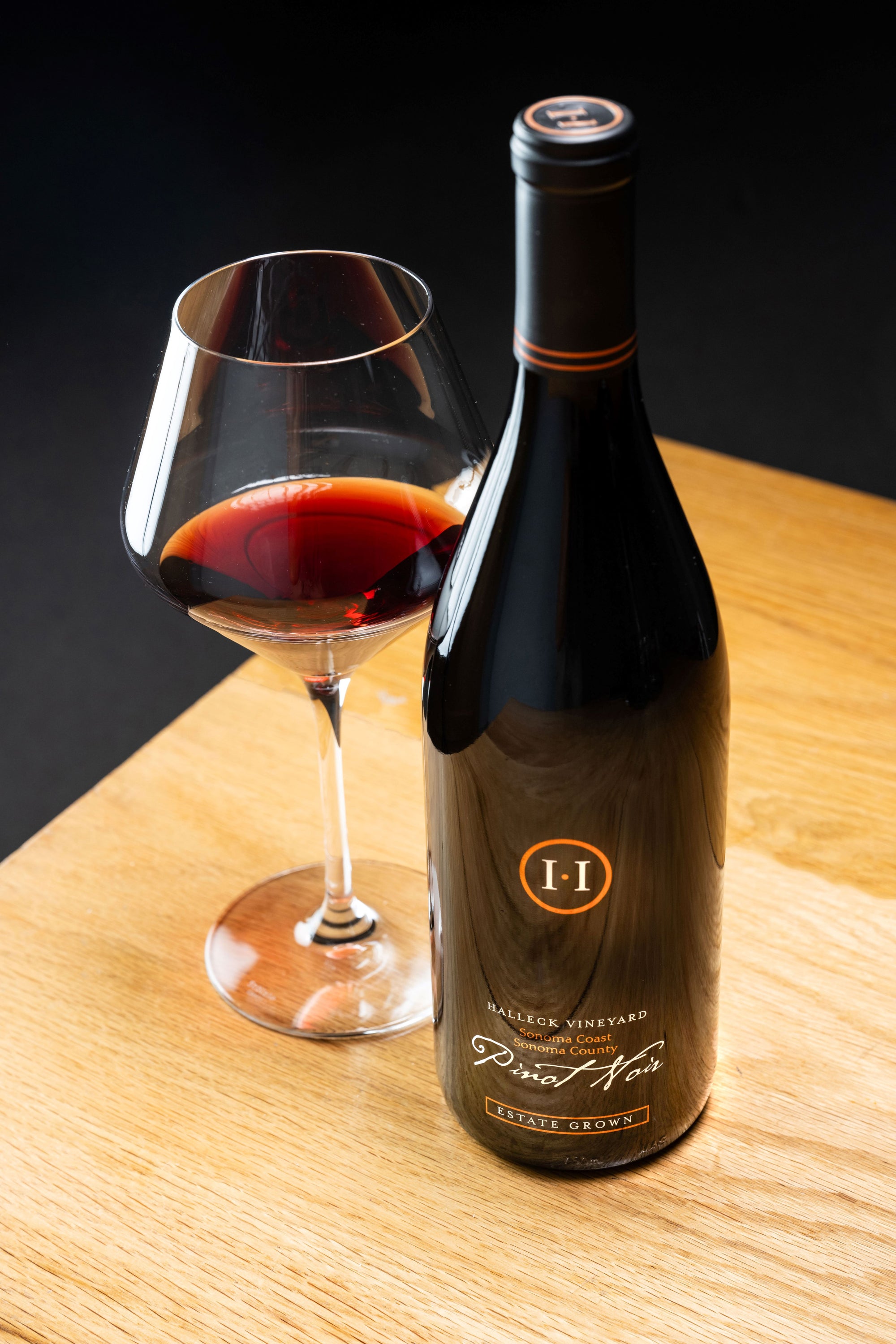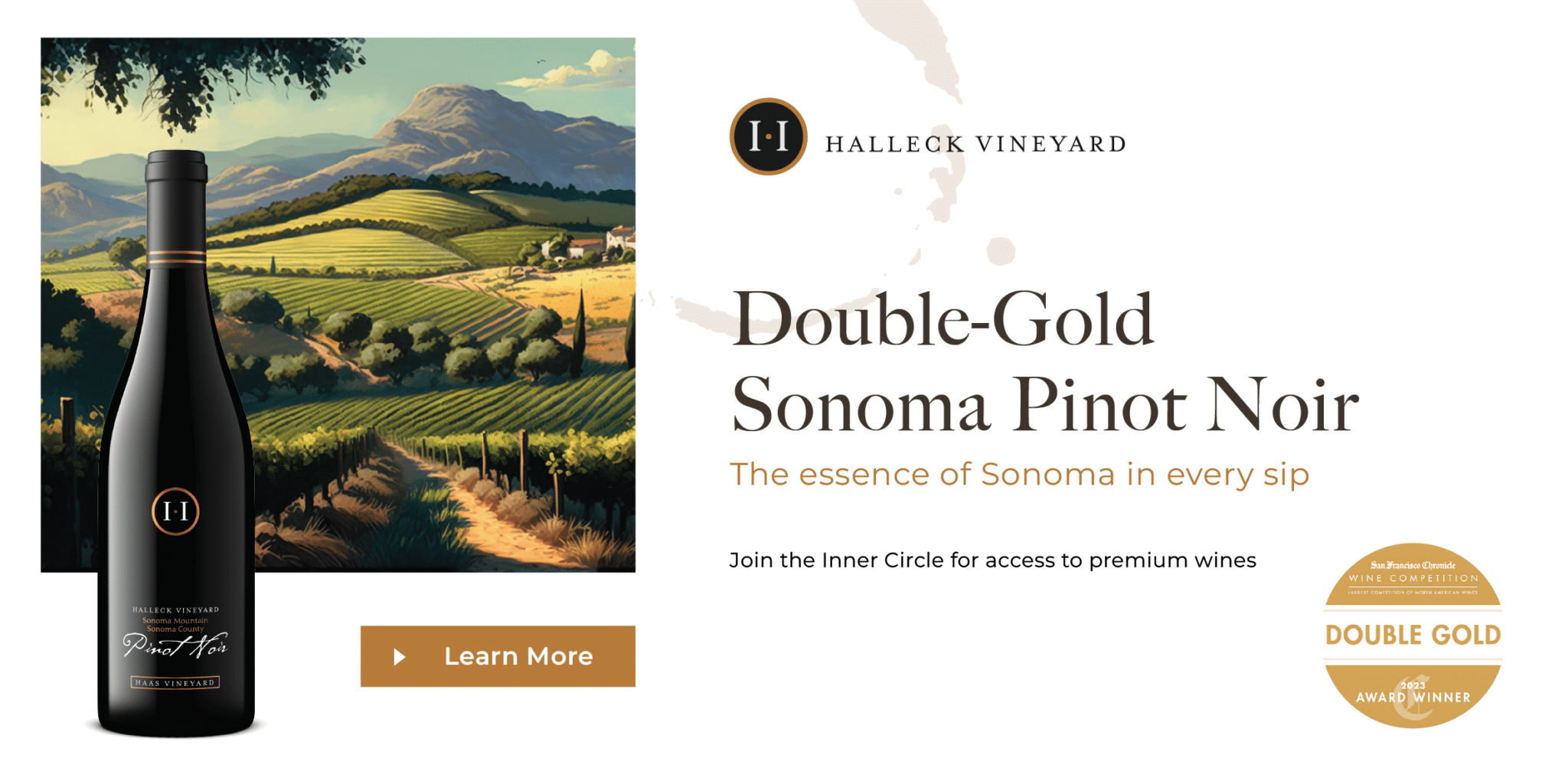Essential Tips for Enjoying Wine Tastings in Sonoma
Essential Tips for Enjoying Wine Tastings in Sonoma
Blog Article
Visiting Iron Horse Vineyards for Unforgettable Tastings
Understanding the nuanced vocabulary associated with winery wine tasting is important for both novices and seasoned connoisseurs alike. Every term brings to life the experience of tasting wine and might improve one’s appreciation of the numerous intricacies concerned. Wine tasting is extra than simply drinking; it's an art that includes various senses and emotions.
To begin with, the term "nose" refers again to the aromas one detects when smelling the wine. This is a vital step as a outcome of the bouquet units the stage for the tasting experience. Notes of fruit, spice, earth, and wooden might mingle, offering a glimpse of what the palate would possibly affirm. Understanding "nosing" the wine can dramatically elevate one's sensory journey.
Another key aspect is the term "body." The physique of the wine describes its weight and fullness on the palate. A full-bodied wine has a sturdy presence and tends to linger longer after swallowing. Conversely, light-bodied wines might really feel more delicate and refreshing. Recognizing the physique helps tasters assess the wine's construction and balance.
Top Wine from Sonoma County Wineries You Shouldn't Miss
The idea of "tannins" is vital in purple wine tasting. Tannins are compounds derived from grape skins, seeds, and stems, contributing to a wine's texture and getting older potential. Excessive tannin wines often end in a dry mouthfeel, whereas decrease tannin levels yield a smoother experience. This distinction is especially essential when pairing wines with food, as tannins can either complement or clash with certain dishes.
In addition to tannins, "acidity" performs a major function in the wine tasting experience. Acidity offers wine its crispness and liveliness - Hidden Gem Wineries in Sonoma County. Wines with larger acidity are typically refreshing and energizing, making them excellent companions for quite a lot of meals. Recognizing acidity can drastically improve one’s food-pairing capabilities and general tasting enjoyment.
When delving into the flavor profile of a wine, one might encounter the term "end." The finish refers to the aftertaste that lingers in the mouth after swallowing. A long finish is often related to high-quality wines, because it signifies complexity and depth. A short end may recommend a simpler wine. Understanding tips on how to consider the end can reveal much a few wine's character.
Exploring the "vintage" can also be integral to wine tasting terminology. The vintage denotes the yr during which the grapes were harvested. Completely Different years can yield vastly different outcomes because of variations in local weather conditions. For occasion, a scorching summer can produce more concentrated flavors, whereas a cooler yr would possibly yield more delicate, nuanced wines. Understanding vintage allows for a deeper appreciation of a wine’s origin and potential.
Reserve Your Spot for Unforgettable Wine Tours in Sonoma 95468
The term "terroir" encompasses the geographical and environmental components that contribute to a wine's distinctive character. Elements such as soil type, climate, elevation, and topography all play a job within the flavor and high quality of the wine. This connection to put helps one perceive why wines from totally different regions can style so distinctively totally different, even when produced from the identical grape variety (Discover Sustainable Wine Practices in Sonoma County).

When participating with wines, the phrase "leg" refers to the droplets that type on the inside of the glass after swirling. These droplets can indicate the wine's alcohol content and viscosity. While observing the legs may not immediately relate to the wine’s taste, it adds to the general experience and intrigue of wine tasting much less transparent.
Recommendations for Kid-Friendly Wineries in Sonoma County 95405
A more particular term that will arise during tastings is "oak." The influence of oak barrels on wine can impart flavors such as vanilla, toast, or spice. The degree of oak growing older can vary broadly among wines, affecting why not check here each aroma and taste. Understanding oak therapy supplies insights into the winemaker’s choices and the resulting complexity of the wine.
In wine tasting, one may additionally hear the term "palate." The palate refers back to the overall taste experience in the mouth. This encompasses sweetness, bitterness, acidity, and body. A well-balanced palate is crucial for a harmonious tasting experience, and recognizing any imbalances helps assess the quality of the wine.
The experience of wine tasting is tremendously enriched by understanding the terminology that accompanies it. Every term serves a purpose, enhancing the power to convey thoughts and feelings about the wine one's experiencing. This vocabulary bridges communication between tasters, sommeliers, and winemakers alike.
To totally take pleasure in wine tasting, it is essential to interact all senses. The sight of the wine, its colour, and clarity can provide perception into its age and high quality. Swirling the wine releases aromas that heighten the olfactory experience, whereas the actual tasting allows for a complete analysis of the wine's profile.
Enjoy Craft Wines at Sebastopol Vineyards 95404
In conclusion, understanding the detailed rationalization of winery wine tasting terminology tremendously enhances the experience of tasting. Every term invites the taster to engage more deeply with the wine, encouraging connections to the senses, the winemakers, and the lands where the grapes are grown. This nuanced vocabulary creates a richer, more fulfilling wine tasting experience.
- Aroma refers to the scents launched by the wine, which can indicate its grape variety and influence the tasting experience.
- Tannins are pure compounds found in grape skins, seeds, and stems, contributing to the wine's structure and aging potential.
- A finish, or aftertaste, is the lingering flavor sensation that remains on the palate after swallowing, typically a key indicator of quality.
- Body describes the load and fullness of wine in the mouth, typically categorized as light, medium, or full-bodied.
- Terroir denotes the unique environmental characteristics of a vineyard that affect the taste and quality of the wine, including soil sort and climate.
- Acidity is a crucial element that contributes to a wine's freshness and stability, impacting its growing older capability and overall flavor profile.
- Vintage indicates the year grapes were harvested and plays a major function in figuring out the wine's traits, reflecting particular weather conditions.
- Decanting includes pouring wine from its bottle into another vessel, allowing it to aerate and enhancing its flavors and aromas.
- A corked wine may be tainted by a faulty cork, resulting in musty or off-putting flavors that detract from the wine's supposed profile.
- The term “legs” refers again to the droplets that cling to the within of a glass after swirling, typically related to the wine's alcohol content and viscosity.undefinedWhat is the which means of "nose" in wine tasting?undefinedThe "nostril" refers to the aroma profile of the wine, which is detected via the sense of odor. It's a vital side of wine tasting, as aromas can reveal lots concerning the grape variety, winemaking course of, and aging.
How ought to I correctly taste wine?undefinedTo taste wine successfully, comply with these steps: observe the color, swirl the wine to aerate it, take a gentle sniff to seize the aromas, sip and let it coat your palate, and eventually, note the finish. This method helps in appreciating the wine’s complexity.
What are "tannins" and the way do they affect wine?undefinedTannins are pure compounds present in grape skins, seeds, and stems that contribute to a wine's structure and astringency. They can create a drying sensation in the mouth, and so they additionally play a task within the wine's getting older potential.
Biodynamic Wine Tasting Experiences in Sebastopol

What does the term "steadiness" mean in wine tasting?undefinedBalance refers to the harmony between the completely different elements of a wine, such as acidity, sweetness, alcohol, tannin, and flavor depth. A well-balanced wine will have every of these elements supporting each other rather than overpowering the others.
What is the importance of "terroir" in wine tasting?undefinedTerroir encompasses the environmental factors—such as soil, climate, and geography—that affect the characteristics of the wine produced in a selected region. Understanding terroir helps tasters respect the distinctive qualities that different regions impart to their wines.
What does "vintage" imply and why is it important?undefined"Vintage" indicates the 12 months when the grapes were harvested. It is crucial as a outcome of it impacts the wine’s quality and characteristics, as climate conditions through the rising season can significantly influence flavor profiles and aromatics.
What are "legs" and what do they signify?undefined"Legs" anonymous discuss with the droplets that form and run down the within of a glass after swirling wine. Whereas they can point out alcohol content material and viscosity, they do not determine quality—this is extra about personal perception of richness.
Experience the Essence of Single Vineyard Wines in Sebastopol

What does "full-bodied" imply versus "light-bodied"?undefined"Full-bodied" wines are wealthy, dense, and often have larger alcohol content and complex flavor profiles, whereas "light-bodied" wines are more delicate and refreshing with a decrease alcohol content. This distinction helps tasters understand the anticipated weight and mouthfeel of the wine.
How can I identify fruit flavors in wine?undefinedTo establish fruit flavors, think about the aroma and style profiles. Swirl the wine, inhale deeply to capture the bouquet, and give attention to particular characteristics. Familiarity with typical fruit profiles of various grape varieties can improve this identification process.
What is "end" in wine tasting?undefinedThe "finish" refers to the aftertaste that lingers in the mouth after swallowing. A lengthy, complex end is often a sign of high quality in a wine, because it reflects the depth of flavor and general craftsmanship within the winemaking process. Report this page